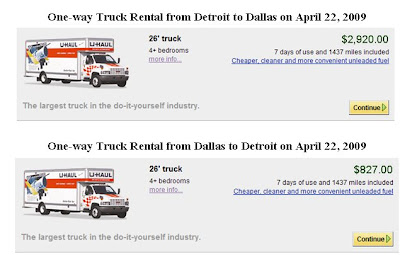 Buying a car in Cuba is like one of those Indiana Jones adventures: you can end up with a heart attack, or a ten-year wait. For a long time it was only possible to get a car as a part of the distribution based on merit. An outstanding worker, with thousands of volunteer hours or a mission as a soldier to Angola or Ethiopia, might consider himself lucky if he was allowed to acquire a Moskovich or a Lada. Professionals of the highest rank would compete in the universities and study centers for the small allocations of automobiles. Meanwhile, government officials could aspire to more modern models, which would be repaired in the State’s own workshops.
Buying a car in Cuba is like one of those Indiana Jones adventures: you can end up with a heart attack, or a ten-year wait. For a long time it was only possible to get a car as a part of the distribution based on merit. An outstanding worker, with thousands of volunteer hours or a mission as a soldier to Angola or Ethiopia, might consider himself lucky if he was allowed to acquire a Moskovich or a Lada. Professionals of the highest rank would compete in the universities and study centers for the small allocations of automobiles. Meanwhile, government officials could aspire to more modern models, which would be repaired in the State’s own workshops.
When the pipe that carried the subsidy from the Kremlin to here collapsed, the distribution of appliances and cars based on merit ended. It began to work in another way, with money as the medium of exchange to get a vehicle. However, a selective filter was maintained to get the right to buy one of the newcomers, such as a Citroen, Peugeot or Mitsubishi. The old cars acquired before 1959 can be sold, but transferring ownership of the cars obtained for labor or ideological qualities is prohibited. The regulations ended up stipulating that what was acquired in those years of “Real Socialism” is only half owned, non-transferable and easily confiscated.
To this day, although some shops display modern all-terrain air-conditioned minibuses, no Cuban can order and buy a car simply by having the money; they must have a letter of authorization in advance, which takes years of paperwork. The process includes an exhaustive investigation into the origins of the funds, along with verification of the ideological purity of the buyer. For almost a decade, the signature on this safe-conduct was that of Carlos Lage, vice president of the Council of Ministers, who was thrown out of office a few weeks ago. So, in the midst of the astonishment caused by his removal people are asking, “Now who’s going to sign the letters to get a car?”



































